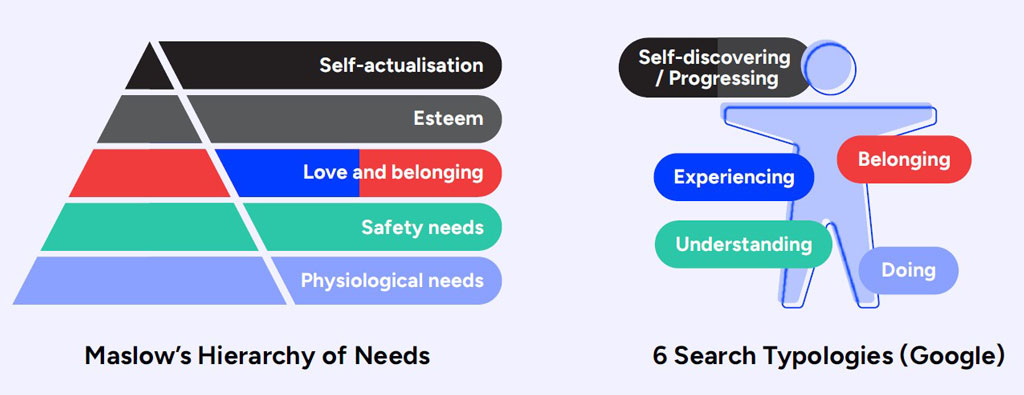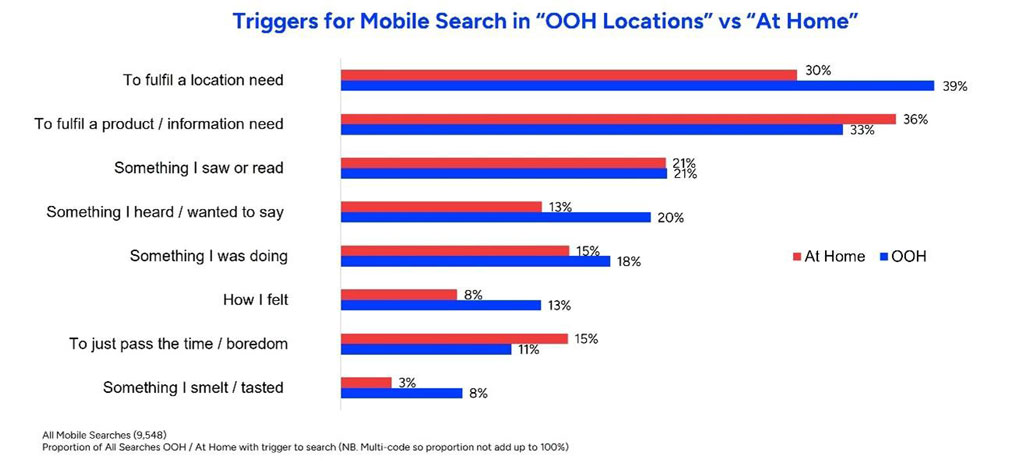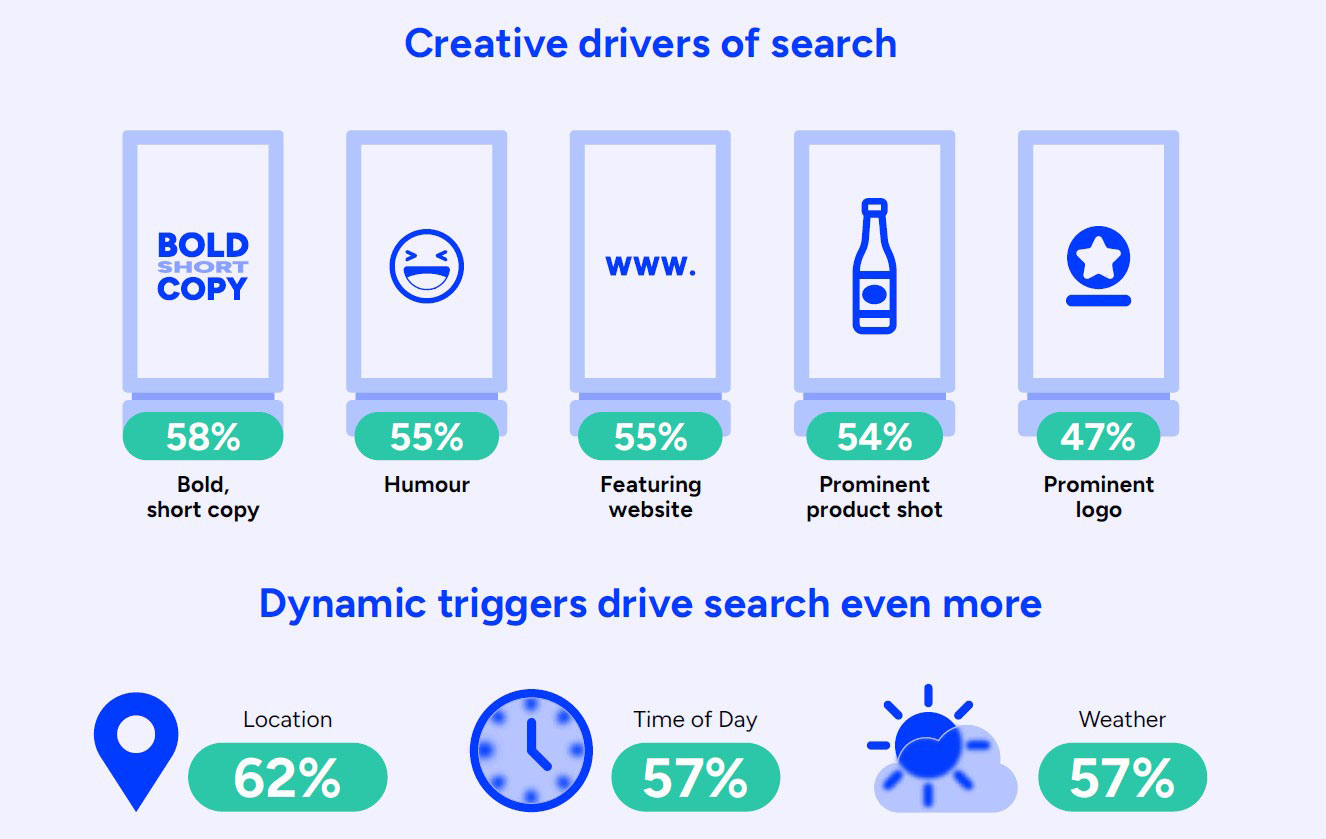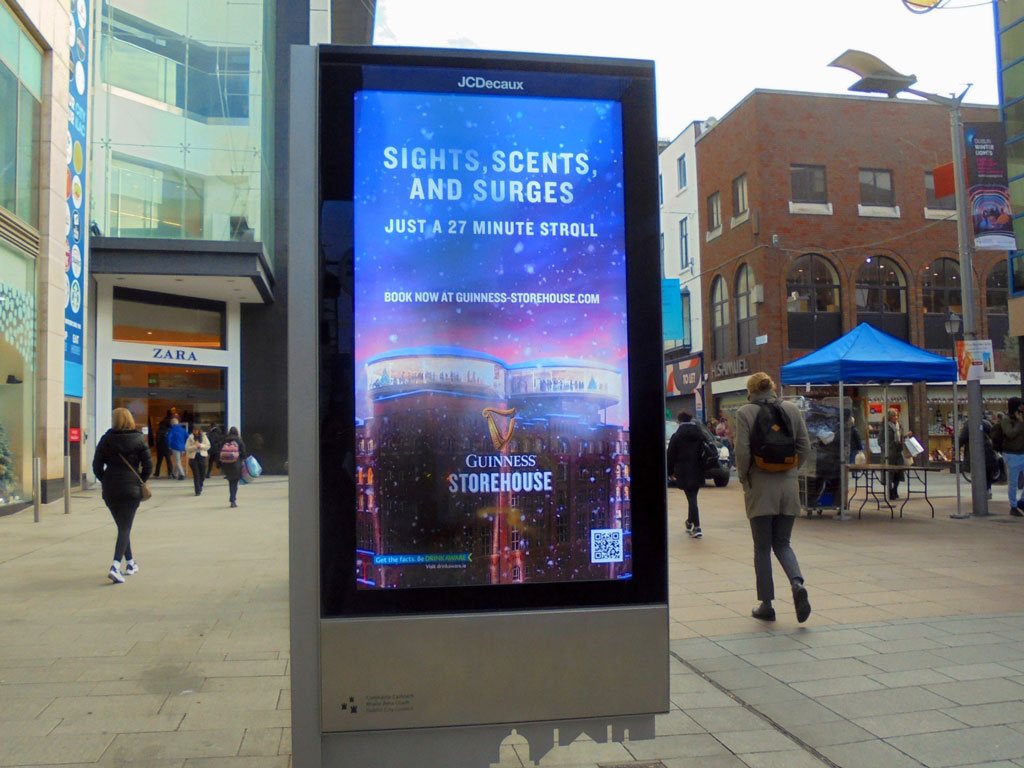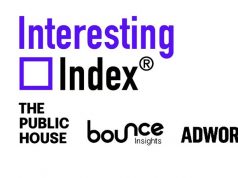James Byrne, marketing Manager, PML Group with this week’s Out \ Look on Out of Home.
Out \ Look: The Point of Search
Consumers more likely to search and purchase on mobile when out of home.
The launch of a new, ground-breaking study into consumer search behaviours has revealed that mobile searches conducted out of home are much more diverse and 38% more likely to lead to a purchase compared with mobile searches conducted at home.
The study also shows that people who spend more time out of home search 58% more on their smartphones than those who spend less time out of home, and also search across more varied products and services. 62% of people are also encouraged to search when an Out of Home advertising campaign features a location call out.
The research study, “The Point of Search”, was commissioned by Posterscope, Clear Channel UK, Global, and JCDecaux UK. Designed to understand people’s search behaviours and how they differ based by location it used a combination of research techniques in the most comprehensive study of its kind on the subject to date.
We know that OOH advertising drives search behaviour so the purpose of this study was not to prove that, but to better understand the motivations for searching in OOH environments, where and when they took place, the creative triggers that encourage search and how that knowledge can be applied to delivering stronger and more effective OOH campaigns.
Out of Home (OOH) and mobile share many synergies. Not least that they are both location-based mediums, defined by where people are and their movement, but also the simple fact that they are both ubiquitous. Almost all consumers have a smartphone which they take almost everywhere and nearly everyone spends time across a multitude of OOH environments.
So why was this study undertaken into mobile search and location? The importance of mobile is growing globally. Globally 60% of all web traffic is now via mobile (Statista 2022) OOH advertising drives people online, often via search, and this is the main way people now respond to OOH advertising. Finally mobile searches with local intent drive more action, highlighting the importance of location needs.
So, we have a good understanding of mobile search and its synergy with location and that OOH advertising drives consumers to search via their smartphones. However, it was felt that there was limited knowledge and research on the following three key areas.
Stage 1: Why People Search
Consumer Search behaviour parallels need states across different categories. Consumers who spend more time OOH conduct more searches across more categories.
A comparison of Maslow’s Hierarchy of Needs with Six Core Search Typologies (as classified by Google) identified that Maslow’s need states are very much evident in these six search typologies.
Maslow’s hierarchy was created in 1943, and although it’s 80 years old, the research showed it is still very relevant today with search behaviour being a modern-day insight provider on these need states.
Which are reflected across categories:
- 62% of Food / Drink / Grocery Shopping searches are “Doing searches” (Index 141)
- 57% of Finance searches are “Understanding searches” (Index 130)
- 34% of Career searches are “Self-discovering / Progressing” (Index 309)
Stage 2: Where People Search
Mobile searches conducted out of home are more diverse than at home mobile searches and lead to more actions.
A bespoke online search diary completed by over 1,000 people recorded their mobile search behaviour over a seven-day period, creating an in-depth database of almost 10,000 mobile searches to determine how search differs when conducted in “OOH Locations” versus “At Home”, and discovered:
Mobile searches out of home have a wider variety of triggers, particularly location needs, the senses, and feelings:
- The number one motivation to search when out of home was to fulfil a location need e.g., to find a store address
- People are more impulsive and looking for inspiration when out of home
- Search adds value and enhances consumers’ activities and experiences
- Consumers see, hear and smell things out of home that act as triggers to search
- Consumers have many location needs when out of home and location memories act as a primer and trigger to search
Mobile searches in out of home locations are proportionately more likely to take place Monday to Thursday, while in home searches are more likely at the weekends.
Mobile searches out of home are more spread out across time periods (over 8 in 10 taking place between the morning and 7pm), while 4 in 10 searches at home take place in the evening post 7pm.
Mobile searches out of home take place more often in the company of other people than at home searches, providing more opportunity for word of mouth.
Stage 3: How OOH Advertising Drives Search
The final stage of the research looked at the specific attributes of OOH media (e.g., traditional billboards, Digital OOH, etc.) that encourage people to search and identified that:
- Specific OOH media attributes drive search, such as Classic and DOOH, size, frequency, dwell time and experiential.
- OOH advertising creative can be optimised by tailoring messages to needs and motivations, using specific creative messages, elements and Dynamic DOOH.
OOH environment priming attributes encouraging search include: Inspiration, The Senses, Experiences & Location Needs.
62% of consumers state that OOH Advertising creative with a location call out would encourage them to search.
The study highlights the fact that search behaviour is a clear indicator of consumer needs and as a result, creative messages can be linked to these needs, and the optimisation of specific creative elements such as large logos, short succinct copy and large product shots can have a significant impact on search behaviour. While DOOH using Dynamic and contextually relevant messages, such as location, weather and time also encourages people to search.
The Point of Search has delivered compelling evidence that by understanding OOH search behaviour we can improve not only the efficacy of our OOH planning and creative, but also look to the medium as perhaps the only one that can truly bridge the gap between online and offline environments.
The study adds to our understanding of what people think, feel and do and how they live, work and play in the out of the home space, and how best to reach and influence audiences in the physical world.
For more information on how to use OOH to drive search, contact the PML Group team.



















